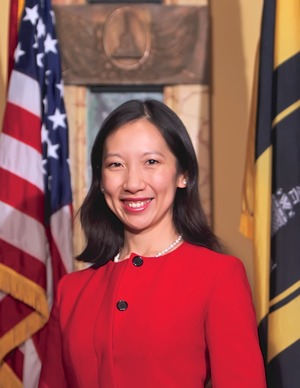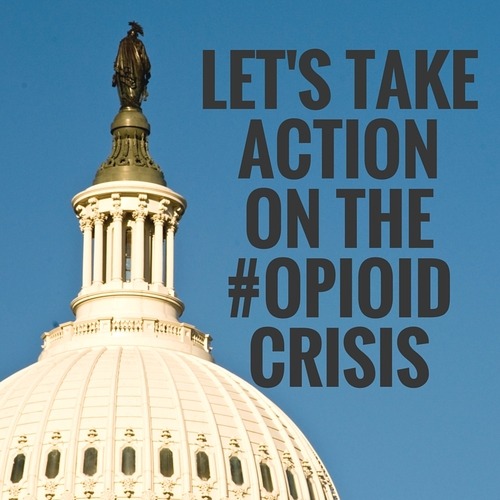Frontline Blog
Blanket Prescription: How Every Citizen in Baltimore Can Now Save a Life from Opioid Overdose
June 2016
By Leana Wen, M.D. M.Sc. F.A.A.E.M., Baltimore City Health Commissioner

Every year, tens of thousands across our country die from a preventable illness. We have seen the number of people dying from overdose quadruple nationally and in Baltimore City, where I serve as Health Commissioner, we continue to see more people dying from overdose than from homicide. This is particularly tragic because there is a medication, naloxone, which can completely reverse the effect of an opioid overdose, and has been proven to save lives.
As an emergency physician, I have personally administered naloxone and seen patients who would otherwise die be revived within seconds. Sadly, I also have had patients for whom this medication was too late, and who have died because of it. The science is clear: naloxone saves lives. And if we don’t save a life today, there is no chance for that person to have a better tomorrow.
Addiction does not discriminate, so it is our belief that all citizens should have the capacity to save a life. In Baltimore, we believe that naloxone should be part of everyone’s medicine cabinet and everyone’s first aid kit. That is why I have issued a standing order— a blanket prescription—that has made this medication available to all 620,000 residents of our city. Since 2015, we have trained over 10,000 people to use naloxone, including members of our police force, who have in turn saved the lives of 30 residents in the past six months.

Those who oppose naloxone argue that saving someone’s life with it will only foster addiction. This specious argument is unscientific, inhumane, and ill-informed. We would never refuse an EpiPen to someone who has a peanut allergy for fear that it would encourage them to eat more peanuts. In Baltimore we do not wait for more of our residents to die while some blindly disregard the facts. We make our policy decisions based on science, not stigma.
Of course, we also understand that if we do not increase access to quality treatment options we are merely treading water. Nationwide, only 11 percent of patients with addiction get the treatment they need. There is no physical ailment for which this would be acceptable—imagine if only one in ten cancer patients or one in ten patients with diabetes were being treated?
In Baltimore, we are working to ensure access to on-demand treatment for all of our residents. Last year we started a 24/7 “crisis, information, and referral” phone hotline that connects people in need to addiction treatment services and now fields over 1000 calls every week. We are also in the process of opening a “stabilization center” for those in need of temporary services related to intoxication. And we are piloting a Law Enforcement Assisted Diversion Program (LEAD), which establishes criteria for police officers to identify eligible users and connect them to necessary services such as drug treatment, peer supports, and housing– rather than to central booking for arrest. By taking an interdisciplinary approach to this multifaceted epidemic, we are ensuring that there is individualized treatment for anyone ready to begin their recovery.
In addition to increasing treatment availability, we must reduce the stigma associated with addiction and assist those in long-term recovery assimilate into healthy lives. To do this, the Baltimore City Health Department has launched our “Don’t Die” initiative, a citywide effort to educate the public on the nature of addiction: that it is a disease, recovery is possible, and that we all must play a role in saving lives. We have used this platform to further reduce barriers to naloxone by introducing a first of its kind online training module, where Baltimore residents can now go online and become certified to administer and receive naloxone.
We know what works in fighting addiction; now we need to fund it.
Earlier this year, I was honored to be invited to speak on a panel with President Obama, where he declared that the opioid epidemic should be a top priority, and that addiction is a disease that must be treated with the same urgency, humanity, and compassion as we treat all diseases. Meanwhile, the Senate’s recent bipartisan passage of the Comprehensive Addiction and Recovery Act (CARA) will provide new support to help fund the programs necessary to successfully combat this national epidemic.
This is immense progress, but truly combatting this public health emergency will require each of us to do our part. Putting naloxone in more hands across the country should be our first step in preventing overdose deaths in our communities. By saving a life today, we can help get more people connected to treatment, put those in need on the path to long-term recovery, and work together to end America’s opioid epidemic.